Can Anyone Put a Headstone on a Grave
- Whether a headstone goes at the head or the feet is a frequent query
- In most cases, headstones are placed at the head of a grave accent
- This means that the consistence is positioned in front of the marker
- Modern cemetery rules and layout can pose exceptions to this approach
Where is the gravestone placed on a grave? Piece the answer may seem obvious to some, a headstone should follow its namesake and be placed at the head. Even so, this is not always the case and can vary in some circumstances. This article details why things aren't as straightforward atomic number 3 they look you bet you can determine the suited come on.
What are Headstones?

A headstone is an identifying marker that is placed complete a grave accent. In the funeral industry, the terms tombstone, grave marker, headstone, and tombstone are often used interchangeably. This does not mean they are the same thing, although they complete include a name, date of birth, and date of death. Many a markers are besides carved with epitaphs or prayers.
What is a Footstone?
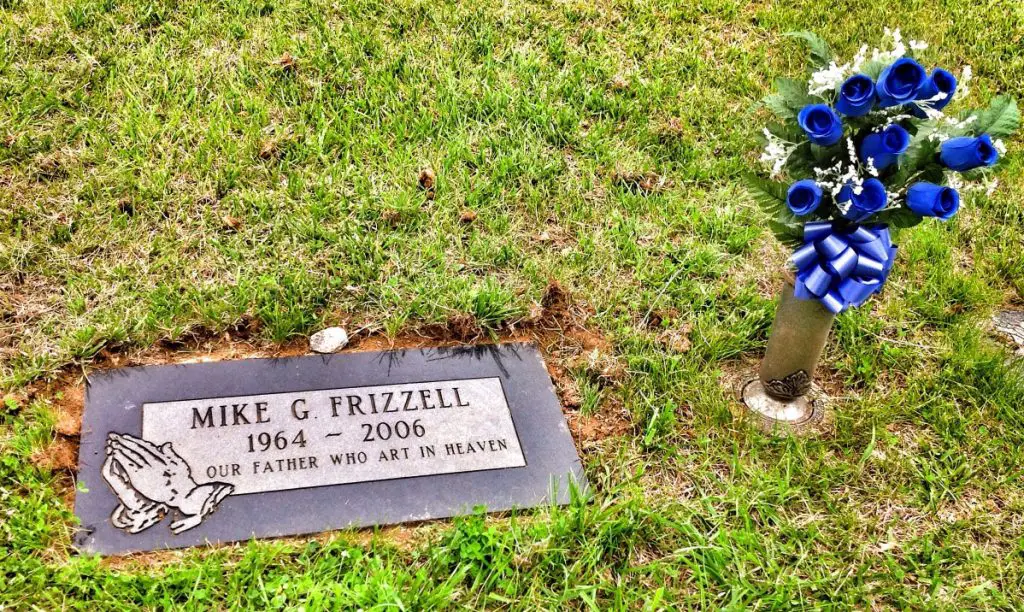
A footstone or foot marker is a flat square monument made of stone that sits at the hoof it-ending of a grave. They were primitively commissioned unneurotic with a headstone to bespeak the length of a cemetery. This served two key functions – to prevent people from walking over the bodies laid underneath out of respect, and to see to it there was no risk of dig from surrounding burials.
Spell they were an accessory to the main headstone, the use of a footstone on its possess to commemorate a person's final resting place is becoming mainstream. This is payable to cost savings as well as cemetery layout rules.
Footstone Prices
While the average terms of a gravestone is $2,000 and upwards, a footstone will cost approximately $1,000. This figure will vary conditional the choice of textile, supplier, and the complexness of etching.
Where is the Headstone Placed along a Grave?
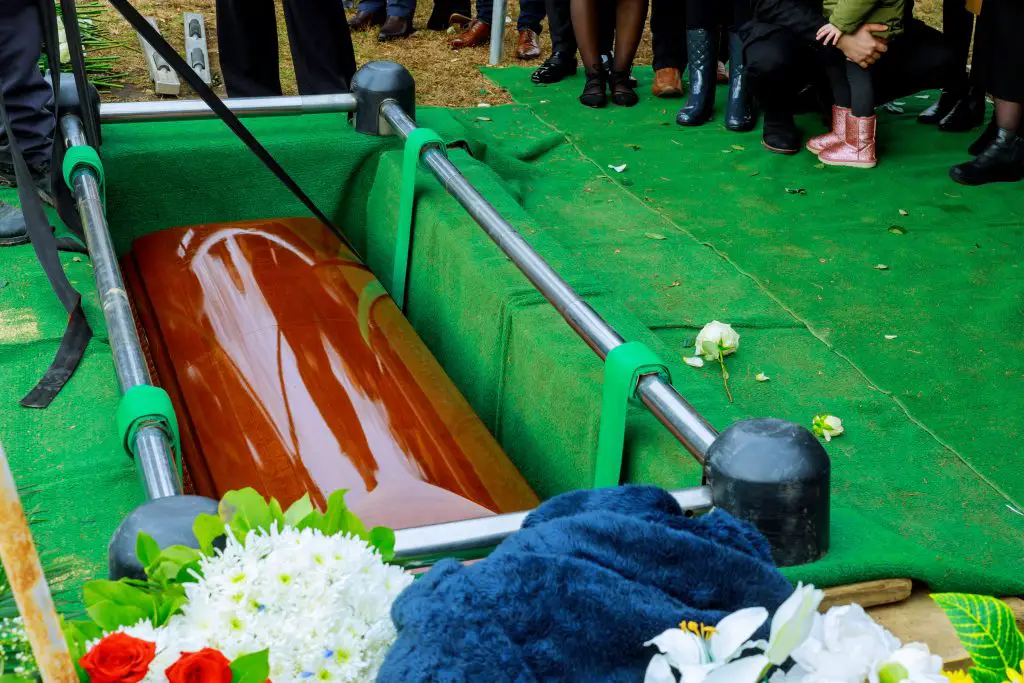
As understood by the name, a headstone is ordinarily placed at the head of a grave to both identify and memorialize a person. This approach has roots in Religion tradition, where a mark would be set with the read/write head of the deceased to the West while their feet pointed east. The placement of bodies this way meant that those departed will human face the rising sunlight and Jesus upon his Resurrection.
Give the sack anyone put a key on a grave?
For public cemeteries, you require a deed of grant citing that you are the lawful possessor of the burial plat to instal a headstone. This somebody is usually the executor of the will. Note that those registered as grave owners are still bound by the regulations and design standards of the cemetery.
Headstone placement for couples
The use of companion headstones is a popular option for couples who regard to cost buried jointly. In this scenario, a headstone or grave marker is centered at the drumhead of both deceased. You will typically discovery that the husband is buried on the left with his married woman connected the right. This follows biblical traditions where special honor is extended to those along the right-mitt lateral.
Cemetery headstone emplacemen

While the majority of burials have the key placed at the head, modern cemeteries adopt a variety of orientations. The rules of placement are like a sho dictated by the design of the burial ground and the record-breaking utilise of available infinite. This means that factors such as upkee, the landscape of sites, and possible considerations such as uninteresting memory access will dictate where a headstone sits.
You leave find that each cemetery has unequalled regulations around the eccentric and style of headstone to use, on with standards for installation. These standards whitethorn besides depart between sections of the grounds (e.g. granite monuments only in one area while another strictly allows flat plaques).
Less stringent cemeteries allow the family to select their preferred orientation. This has resulted in advance confusion about headstone location organism at either the head Beaver State the feet. If you are keen on i style of marker, see to it that you check with the cemetery earlier purchasing the entombment plot.
Tombstone placement – wherefore the confusion?
On top of differing cemetery rules, knowing where a headstone sits on a grave is confusing attributable ontogeny footstone use. More recently, footstones have popularized due to the layout of family plots Oregon general lack of space. To the untrained eye, it is hard to distinguish between a deflated tombstone (placed at the lead) and a foot marker or footstone (placed at the feet).
Instead of just marking grave boundaries, footstones are in real time used as standalone memorials. This is common in modern cemeteries where foot markers are often used instead of a keystone. The world-wide public is for the most part unconscious of this commute, leading to a mix-up of headstone placement ideals.
Headstone Placement for Different Cemetery Types
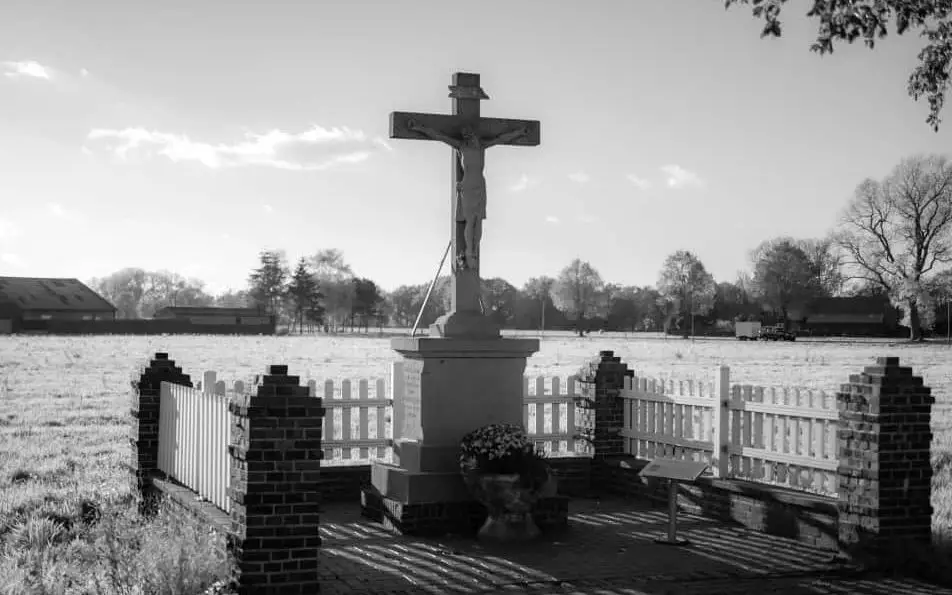
Certain burial plot types or sections within a cemetery will have varied rules for headstone arrangement. In these scenarios, information technology isn't immediately clear whether a headstone goes at the head or feet. These include:
Family burial plots
Some cemeteries offer family plots that allow many graves to be interred approximately a single large headstone or repository. Eastern Samoa each family extremity passes, the several is inhumed with their head facing the marker and an identifying footstone at their feet. This arrangement resembles a cluster around the centered headstone.
Plots for cremated remains
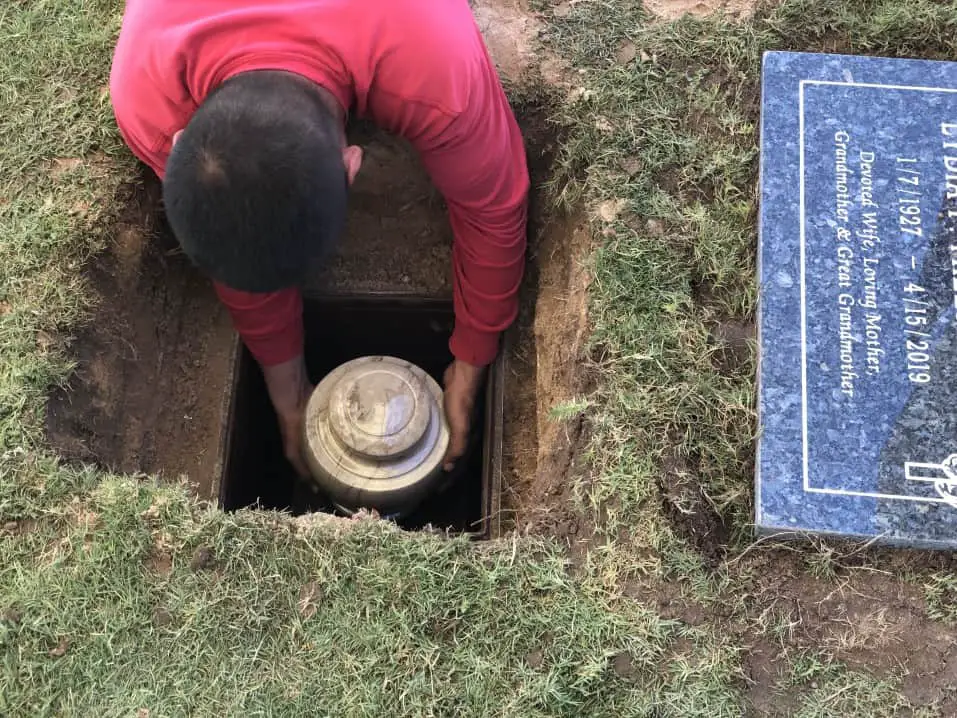
A pop option for families is to keep cremated remains of their loved one in a cemetery plot Oregon cinerarium corner. Where a cemetery plot is victimised, a boxwood or urn containing the ashes may be buried aboard surrounding caskets.
Equally this is not evident from first floor, a tombstone Oregon marker may seem to sit at the "wrong" end of a grave – when actually, it is adjacent to the cremated remains. Many another cemeteries also allow several urns to be inhumed in a single plot which can create more confusion.
Urban park or garden cemeteries
This type of sepultur reason was first matured as a root to address land shortages. The creation of garden cemeteries meant that the deceased could be interred within public Mungo Park settings, while the community could however use the area for recreation and rest.
Horticulturalists designed these Rosa Parks then that headstones blended in with the landscape – upright headstones were largely done away with in favor of smaller, flat markers. These markers are usually placed at the feet rather than the head field. Where a headstone is ill-used, it is not always placed at the head of a grave as garden cemeteries do not adhere to the proportion of a traditional burial ground.
Military machine graves
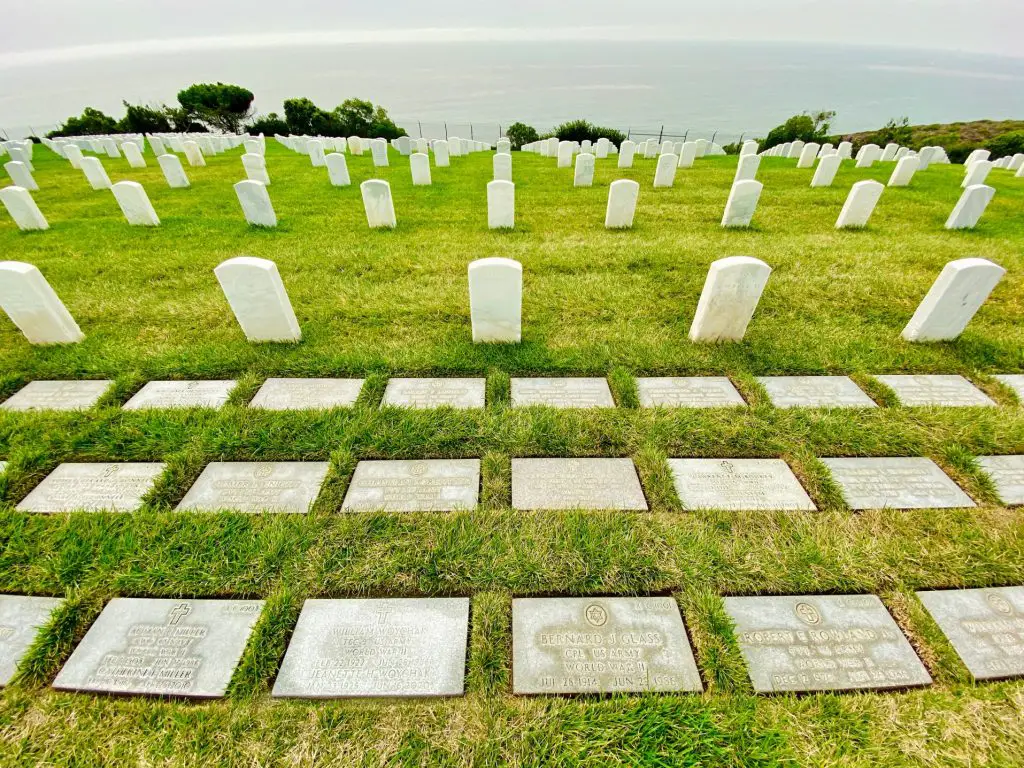
There are quite a few public misconceptions close to headstone placement for those who have served in the military. Collectible to the proximity of grave markers in some military machine cemeteries, around falsely conceive that the body is buried stagnant upright. The likely explanation is that the remains have been cremated and they are buried closely in collaboration.
Veterans Affairs also ply free grave markers in recognition of military service. In all but circumstances, Veterans are buried with a headstone placed at the maneuver last. However, headstones are also provided where the stiff are not available (e.g. attributable absent bodies in action, burial at sea, etc.). These markers expression like they sit atop a grave accent but in reality, they swear out Eastern Samoa a memorial above vacant estate. You can identify a vacant grave accent Eastern Samoa the wording "In Memory Of" will be engraved on the headstone.
Quirky Key Positioning Traditions
Some cultures and custom distinctly don't align with the "gravestone placed at the header" prescript. Many do away with having whatsoever form of marker at all. These include:
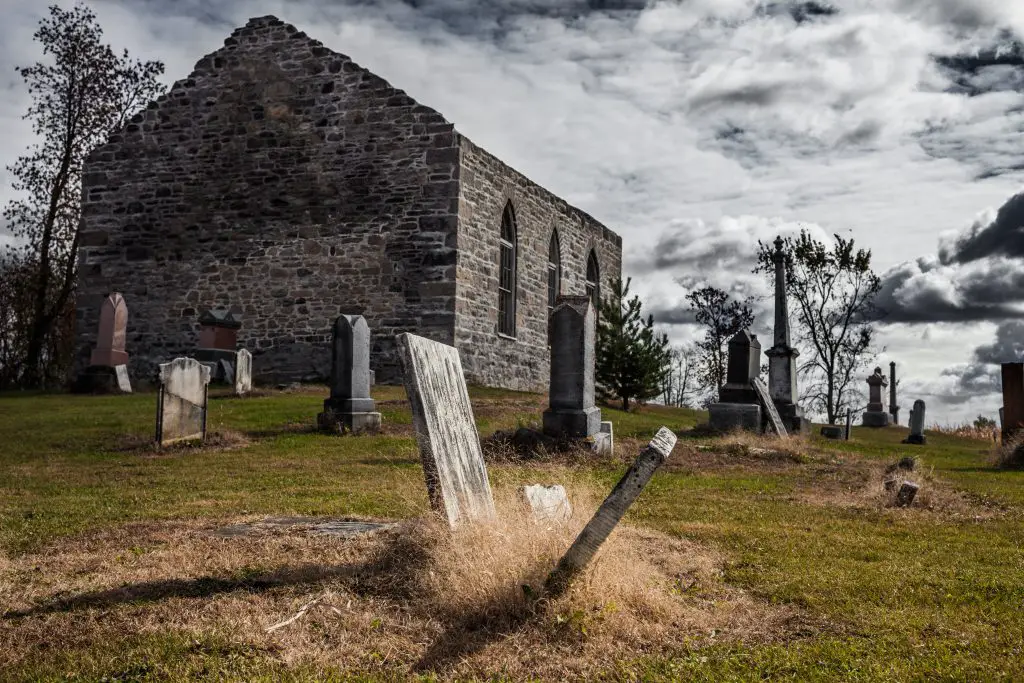
- Church ministers being buried in a graveyard in the polar direction to deceased parishioners. This was so that they could face their fold during the resurrection.
- Modernistic natural burials where grave locations are tracked by GPS rather than physical markers.
- The Bo people of Szechuan, Republic of China hung coffins from the cliffside of mountains and inside of caves. They believed that this would prevent animals from poaching bodies while maintaining land for farming.
- Unconscious of fear that the dead would rebel up and make havoc, some cultures placed heavy tombstones on top of stone coffins. This was thought to stop ghosts from escaping.
- Every bit graveyards hit mental ability in the nineteenth century, bodies were commonly buried en bloc underneath populace buildings and churches.
- Buddhists in Tibet commonly practice sky burials. This involves going the deceased outside for consumption by birds and other wildlife.
- Caviteño multitude in the Philippines wish choose a tree to be entombed within in front end. Family members wish arrange for the Tree to be hollowed out before burying their dear within the trunk vertically.
- Many bodies of those who had taken their own lives in England between 1660 and 1800 were buried aspect-down with a wooden stake driven through them. This post-mortem punishment occurred as felo-de-se was viewed as a grave sin.
- According to international law, a ship maitre d' has the accurate to conduct a burial Service at sea. The gone is unremarkably sewn into a burlap bag (sometimes adorned with their nation's flag) before being dropped into the water.
Headstone Placement FAQs
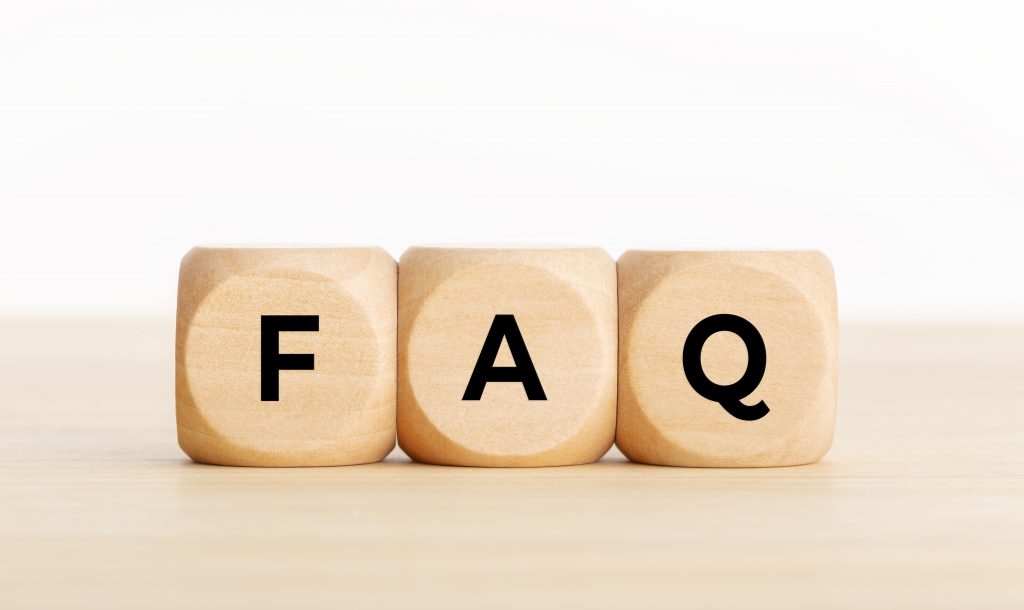
What is the difference between a gravestone and a headstone?
A headstone is an upright monument usually made of granite that sits at the head of a grave. A gravestone or grave marker is a flat stone or bronze memorial tablet that sits either slanted or level with the anchor. In either case, both headstones and gravestones serve as an identifying marker for the deceased, each with an option for personalization.
What is the difference between a burying ground and cemetery?
A cemetery is a pose where the decedent are buried or laid to residuu. They are often prodigious expanses of land that nates be sectioned into different areas (e.g. by headstone style, ethnicity, religious association, etc.).
A graveyard is likewise a place where mass are belowground following death. The distinction between this and a graveyard is that they are located within church grounds. This way that those interred are members of the religion and the size of a graveyard is usually smaller than a public burying ground.
What does putting a stone on a grave mean?
This Mortal custom is an act of respect and honor for the deceased and is thought to fortify the bond to those who have passed. Another interpretations for putting a stone connected a grave include keeping the person's soul on earth and to forbid demons from entering.
Is it disrespectful to stand on a of import?
Some people believe in the superstitious notion that standing on a grave is support luck. This is likely where the view that doing so is disdainful and should be avoided. However, the narrow arrangement of some cemeteries will make this unavoidable. In this case, it is acceptable to walk of life over a grave, but do not stand or lean on the headstone or cause any damage to the marker.
Can Anyone Put a Headstone on a Grave
Source: https://funeralcircle.com/headstoneplacement/
0 Response to "Can Anyone Put a Headstone on a Grave"
Postar um comentário